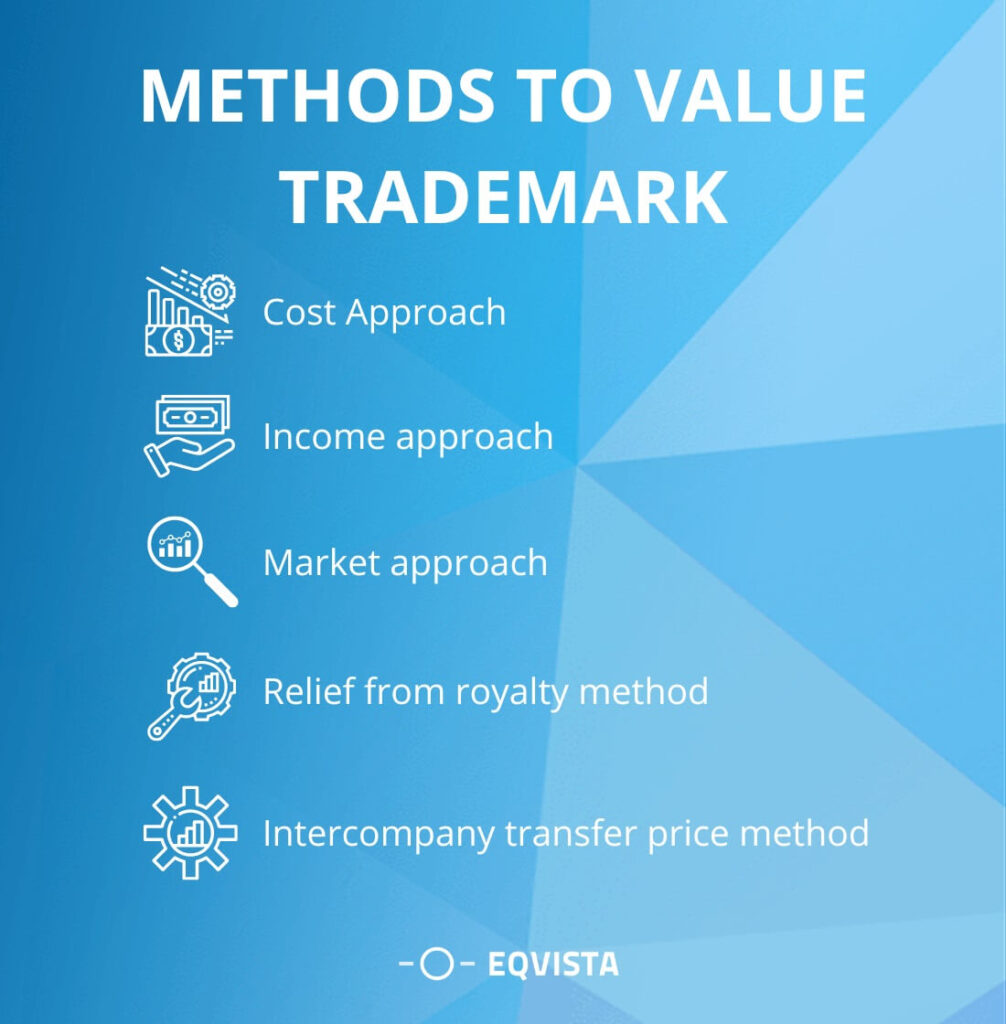Trademark vs Trade Name – Everything You Need to Know
This guide will assist you in making informed choices regarding the protection of your intellectual property, whether you are a startup or an established organization.
When starting a business, entrepreneurs frequently struggle with the decision of whether to file for trademark or trade name registration. Although the two names are frequently used interchangeably, they have different legal definitions and objectives. For the purpose of defending your brand and averting legal issues, it’s critical to comprehend the distinctions between the two. This guide will assist you in making informed choices regarding the protection of your intellectual property, whether you are a startup or an established organization.
Trade name and trademark
A trademark is a symbol, word, phrase, or design that identifies and distinguishes the source of a good or service from a trade name, which is the name under which a firm does its business. A trade name is frequently used synonymously with a business name or a company name, and registration offers legal protection from others using the same name in the same sector of the market or region. While brand registration can be used to stop others from using the same or similar marks in any business, it also provides legal protection against infringement and counterfeiting. Both are crucial for safeguarding a company’s reputation and brand.
What is a trade name?
A firm or organization is referred to by its trade name. It is the name under which a company conducts business and is frequently used for advertising and marketing the company’s goods and services. To ensure legal ownership and protection, trade names can be registered with local or national authorities. They are also referred to as fictional names, assumed names, and “doing business as” (DBA) names. Trade names can be a valuable asset for a company’s success by fostering brand familiarity and loyalty.
Importance of trade name
Trade names are crucial for businesses because they foster consumer brand recognition and loyalty. A company can stand out from its rivals and become more visible in the market by using a unique and memorable trade name. Also, a powerful trade name can promote brand awareness, foster customer trust, and support an organization’s overall success and expansion. Also, registering a trade name can offer legal defense against rival companies that use the same or a name that is confusingly similar to yours, minimizing the risk of company loss.
What is a trademark?
A trademark is a symbol, word, phrase, or design that is legally registered and used to identify and separate the source of a good or service from those of others. It aids consumers in identifying and connecting a certain brand or business with a certain level of reputation, trust, and quality. Trademarks offer legal protection against others using the same or a similar mark and can be registered with national or regional authorities. They can aid in establishing brand identification, avoiding brand confusion, and preserving the integrity of a company’s reputation and identity, making them valuable assets for organizations.
Importance of trademark
Businesses value brand identity because they give users of brands, logos, and other intellectual property legal protection. By preventing others from using the same or similar marks, registered brands can reduce consumer confusion and potentially damage a company’s reputation. A powerful trademark can give a company a competitive edge in the market and aid in increasing brand recognition and client loyalty. As they can be purchased, sold, or licensed and add to a company’s total value and success, trademarks can be important assets for enterprises.
Trademark vs Trade Name
There are certain key differences between trademark and trade names. They are as follows:
- Regulating Authority – National or regional brand identity offices, like the European Union Intellectual Property Office or the United States Patent and Trademark Office, oversee brand registration and regulation. Contrarily, trade name registration and regulation may differ from jurisdiction to jurisdiction, with some needing registration with state or municipal government authorities while others do not.
- Registration Process – In order to register a hallmark, one must normally go through a formal application process, which includes having the mark examined by the service mark office to make sure it complies with registration standards. Other parties may then contest the registration after the application has been published for opposition. Contrarily, the requirement for registering a trade name varies by jurisdiction and is not always necessary.
- Legal Protection – Hallmarks, which expressly protect a company’s logo or other identifiers, offer more legal protection than trade names. While infringement of a trade name may be more challenging to enforce, infringement of a trade identity may result in legal action and financial penalties. Additionally, trade identity safeguards a company’s reputation and assists avoid brand confusion.
- Asset creation – Trade identities are seen as significant assets for businesses since they can add to a company’s total worth and success and can be purchased, traded, or licensed. A powerful brand identity can increase brand recognition and consumer loyalty. Trade names, on the other hand, have less intrinsic value because they refer to the company’s name.
- Renewal – To keep legal protection, brand identity must be renewed on a regular basis—typically every 10 years. Payment of a fee and the submission of a renewal application are prerequisites for renewal. The standards for renewing a trade name, however, differ by jurisdiction and may or may not be necessary based on the registration requirements and other circumstances.
Valuation of trademark and trade name
A trademark’s worth can be determined by considering its strength, reputation, and the market value of the goods or services it stands for. Trade names are often less valuable than trademarks because they primarily refer to the name of the firm itself, yet they may have some value in terms of brand awareness.
How to value a trade name
A trade name can be valued using either the income approach or the market approach. The value of a trade name is calculated using the income approach method by predicting its possible future economic advantages, discounting them to their present value, and deducting any expenditures incurred in achieving those benefits. To determine a value, based on sales or licensing prices, the market approach compares the trade name to similar trade names that have been sold or licensed in the market. A trade name’s strength, reputation, recognition, and market position are all factors that affect its value.
How to value a trademark
The cost approach, market approach, and income approach are a few methods for determining a trademark’s value. The market method examines the sale prices of comparable trademarks, whereas the cost approach examines the cost of developing a similar brand. The value of a trademark is calculated using the income technique, which considers the revenue the property generates. Moreover, elements, including a trademark’s reputation, distinctiveness, and market position, affect its value. For a better and more accurate valuation, it is advised to seek assistance from experts to value the trademark.
Methods to value trademark

There are several methods to value a brand identity, and some of them include:
- Cost Approach – The cost approach is a method of valuation that entails assessing the price of developing or acquiring a comparable asset, including costs for legal counsel and promotion. This approach is frequently used to appraise tangible assets like real estate, plants, and machinery. This method determines the asset’s minimum value by evaluating the cost of producing or acquiring the asset. The market environment or the asset’s potential for income, which could impact its actual worth, is not considered.
- Income approach – The income approach is a method of asset valuation that entails calculating the present value of the anticipated future income stream. To do this, one must project how much money the brand will ultimately bring in via royalties, licensing, and other sources of income. Then, using a suitable discount rate that accounts for the time value of money and the risk attached to the income stream, this income is discounted to arrive at its present value. A popular technique for valuing intangible assets like trade mark, patents, and copyrights is the income approach.
- Market approach – The market approach is a method of valuation that entails contrasting the subject asset with comparable assets that have recently been sold in the market. The value of the relevant asset is estimated based on the sales prices of these comparable assets. This strategy makes the assumption that the market price accurately reflects the asset’s worth, taking into account elements like supply and demand, market dynamics, and asset quality. For the valuation of intangible assets like hallmarks, patents, and copyrights, the market approach is frequently utilized.
- Relief from royalty method – The relief from royalty technique is a method for assessing asset value that involves estimating the cost of utilizing the asset, discounting that cost to its present value, and then determining the asset’s value. To be more precise, this method entails determining the royalty payments necessary to use a brand that is identical and then discounting them to their present value. This strategy makes the assumption that the trademark’s value is equivalent to the financial savings that would result from utilizing it without having to pay royalties. The valuation of brand identity and other intellectual property frequently uses this methodology.
- Intercompany transfer price method – The intercompany transfer price method is a method for valuing assets that calculates the price that would be paid to transfer a trade mark from one company to another. This approach bases the price adjustment on variables like market circumstances and the specifics of the transaction and assumes that the transaction would occur at arm’s length. In the context of transfer pricing between related parties, the intercompany transfer price method is frequently used to value intangible assets like trade mark, patents, and copyrights.
Get Your Valuation Needs from Eqvista!
Whether it’s a trademark or trade name, Eqvista can help you with your valuation needs. While we specialize in 409a valuations, we can also help you with intangible asset valuation, investment valuation, startup valuation and software valuation. If you need to a business valuation, feel free to contact us and we will help you get started!
Interested in issuing & managing shares?
If you want to start issuing and managing shares, Try out our Eqvista App, it is free and all online!
